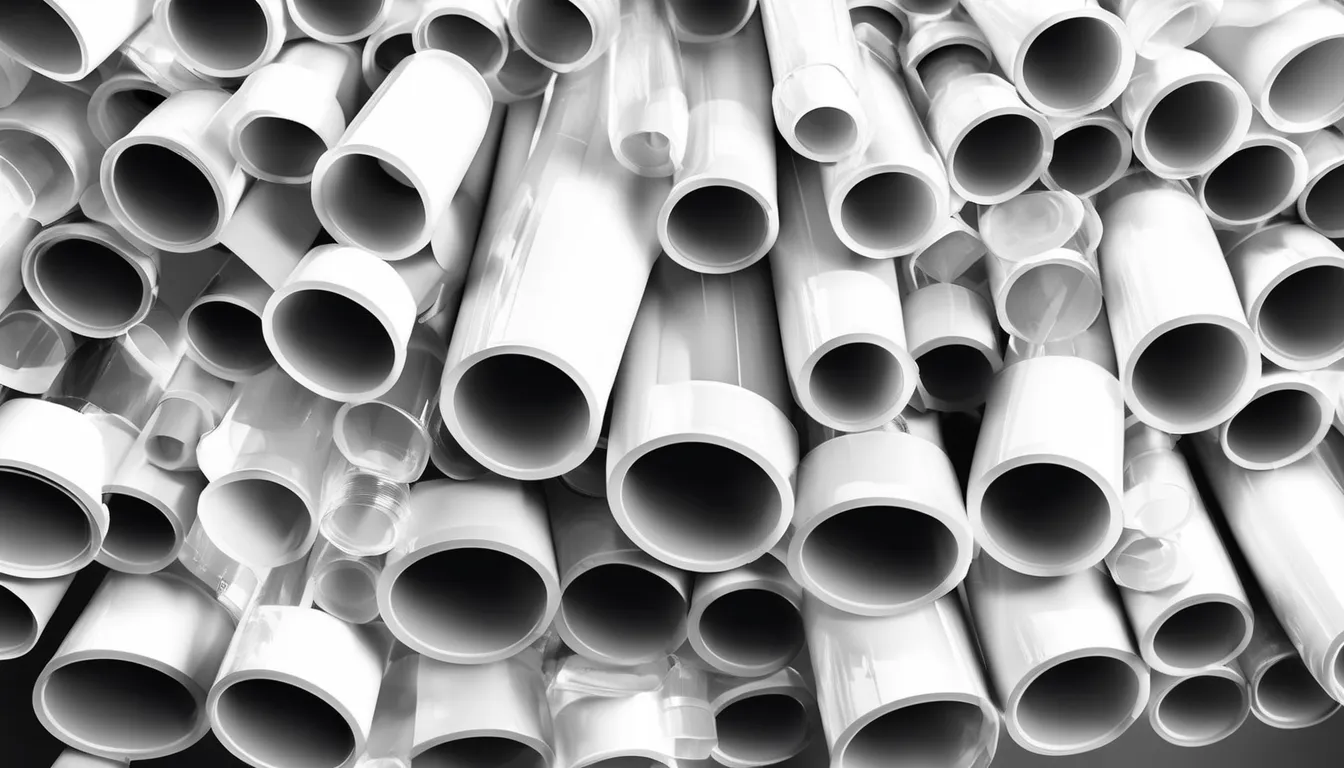
As you consider the future of plastic tube production, it’s clear that innovation is driving significant change. The integration of sustainable materials, such as bioplastics and recycled plastics, is reducing the industry’s ecological footprint. But that’s just the beginning. Advances in manufacturing and biodegradable tube alternatives are set to further trans how tubes are made m the industry. The question is, what does this shift mean for the future of plastic tube production? Will eco-friendly packaging solutions and new technologies be enough to minimize waste and emissions, and what opportunities will emerge as a result?
Sustainable Materials in Production
You’re likely no stranger to the impact of plastic tube production on the environment. As the world shifts towards more eco-friendly practices, it’s essential to consider the materials used in this process.
You’re probably aware that traditional plastics, like polyethylene and polypropylene, have significant environmental drawbacks. However, there are sustainable alternatives that can significantly reduce the ecological footprint of plastic tube production.
You can explore bioplastics, derived from renewable resources like corn starch, sugarcane, or potato starch. These materials are biodegradable and compostable, reducing the amount of plastic waste that ends up in landfills.
Another option is recycled plastics, which can be sourced from post-consumer waste and transformed into high-quality tubes. You can also consider using plant-based additives, like bamboo or hemp, to reinforce the tubes and reduce the amount of plastic used.
Reducing Waste and Emissions
Frequently, the most overlooked aspect of plastic tube production is the waste and emissions generated during the manufacturing process. As you work to create more sustainable products, it’s essential to consider the environmental impact of your production methods.
One key area to focus on is reducing waste. This can be achieved by implementing efficient production planning, minimizing material usage, and reusing or recycling materials whenever possible.
Another critical aspect is reducing emissions. You can do this by optimizing your manufacturing process to use less energy and investing in renewable energy sources.
Additionally, you can reduce emissions from transportation by sourcing materials locally and streamlining your supply chain.
You can also implement recycling programs for plastic waste generated during production. This not only reduces waste but also helps to conserve natural resources and decrease the environmental impact of your operations.
Advances in Tube Manufacturing
As manufacturers strive to create more sustainable products and minimize their environmental footprint, they’re also driving innovation in the production process itself.
This is where advances in tube manufacturing come in – by leveraging new technologies and techniques, you can significantly improve efficiency, reduce waste, and create more eco-friendly products.
Some of the key developments in tube manufacturing include:
- Increased use of automation: By automating various stages of the production process, you can minimize the risk of human error and optimize efficiency.
- Advanced extrusion techniques: New extrusion methods allow for the creation of more complex tube designs and structures, which can enhance product performance and reduce material usage.
- Improved material formulations: Researchers are developing new, more sustainable materials that offer improved strength, durability, and recyclability.
- Enhanced quality control: Advanced sensors and monitoring systems enable real-time quality control, reducing waste and ensuring consistent product quality.
- Integration of Industry 4.0 technologies: By incorporating Industry 4.0 technologies, such as AI and IoT, you can create smart manufacturing systems that optimize production and minimize waste.
Biodegradable Tube Alternatives
The shift towards biodegradable alternatives is gaining momentum in the plastic tube production industry. As you explore options to reduce environmental impact, biodegradable tubes offer a promising solution. These tubes are made from sustainable materials that break down naturally, eliminating the need for landfills and reducing plastic waste.
| Biodegradable Material | Description |
|---|---|
| PLA (Polylactic Acid) | Derived from renewable resources, biodegrades in composting facilities |
| PBAT (Polybutylene Adipate-co-Butylene Terephthalate) | Compostable, biodegradable, and non-toxic |
| PHA (Polyhydroxyalkanoates) | Produced from bacterial fermentation, biodegradable in various environments |
| Starch-based Bioplastics | Compostable, biodegradable, and made from renewable starch sources |
When considering biodegradable tube alternatives, you should evaluate factors like production costs, shelf life, and compatibility with your products. While these alternatives may require higher upfront costs, they offer long-term benefits like reduced waste and a lower carbon footprint. By adopting biodegradable tubes, you can contribute to a more sustainable future for your business and the environment.
Eco-Friendly Packaging Solutions
Innovative Solutions: The Future of Plastic Tube Production
Eco-Friendly Packaging Solutions
While you’re looking to reduce your environmental footprint, you’re likely considering the entire packaging process, not just the tubes themselves.
That’s why it’s essential to explore eco-friendly packaging solutions that complement your biodegradable or recyclable tubes.
When it comes to sustainable packaging, you’ve got options. Here are some eco-friendly packaging solutions to consider:
- *Compostable packaging materials*: Made from plant-based bioplastics, these materials can replace traditional plastic packaging and reduce waste.
- *Recycled paper packaging*: A cost-effective and sustainable option that can be customized to fit your tubes and brand.
- *Biodegradable packaging peanuts*: Made from natural materials like cornstarch or sugarcane, these peanuts replace traditional plastic packaging peanuts.
- *Reusable packaging containers*: Made from durable materials like stainless steel or glass, these containers can be used multiple times, reducing waste.
- *Minimal packaging design*: Opt for simple, compact packaging designs that use less material and minimize waste.
Conclusion
You’re on the cusp of a revolution in plastic tube production. As sustainable materials and biodegradable alternatives become the norm, you’ll see a significant reduction in waste and emissions. Advances in manufacturing and eco-friendly packaging solutions further minimize environmental impact. By embracing these innovations, you’ll help shape a more sustainable future for the industry. It’s time to capitalize on these solutions and transform the way plastic tubes are produced and consumed.

